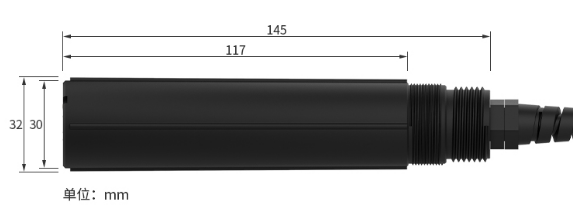
What is a water turbidity sensor
Water quality turbidity sensor, also known as turbidity meter. It can test the turbidity of water samples in water supply plants, power plants, industrial and mining enterprises, laboratories and the field.

Water quality turbidity sensor, also known as turbidity meter. It can test the turbidity of water samples in water supply plants, power plants, industrial and mining enterprises, laboratories and the field.
Water quality turbidity sensor, also known as turbidity meter. It can test the turbidity of water samples in water supply plants, power plants, industrial and mining enterprises, laboratories and the field. This instrument is often used as the necessary inspection equipment for drinking water plants to apply for QS certification.

The water turbidity sensor head adopts the scattered light turbidity measurement method. Because the turbidity substances in the water sample scatter the light, the water is calculated by measuring the intensity of the scattered light perpendicular to the incident light and comparing it with the internal calibration value. The turbidity in the sample is eliminated by infrared light and filter to eliminate the interference of ambient light, and the output signal is stable and high precision after linearization processing.
Main measurement accuracy and measurement range: ±3.0%; 0-1000NTU (default), 0-100NTU, 0-4000NTU
Working pressure range: 0-0.6Mpa (water depth of 60 meters)
Probe cable length: 5 meters (default)
When the sensor is connected and used alone, first use a 12V DC power supply. The device can be directly connected to a PLC with a 485 interface, and it can be connected to a single-chip microcomputer through a 485 interface chip. The single-chip microcomputer and PLC can be programmed through the modbus protocol specified later to cooperate with the sensor. At the same time, use USB to 485 to connect to the computer, and use the sensor configuration tool provided by our company for configuration and testing;
When multiple sensors of this product are used in a 485 bus, please follow the "485 bus field wiring rules" when performing the 485 bus combination. In theory, one bus can be connected to more than 16 485 sensors. If you need to connect more 485 sensors, you can use a 485 repeater to expand more 485 devices, and the other end is connected to a PLC with a 485 interface through a 485 interface chip. Connect to the single-chip microcomputer, or use USB to 485 to connect to the computer, and use the sensor configuration tool provided by our company for configuration and testing.